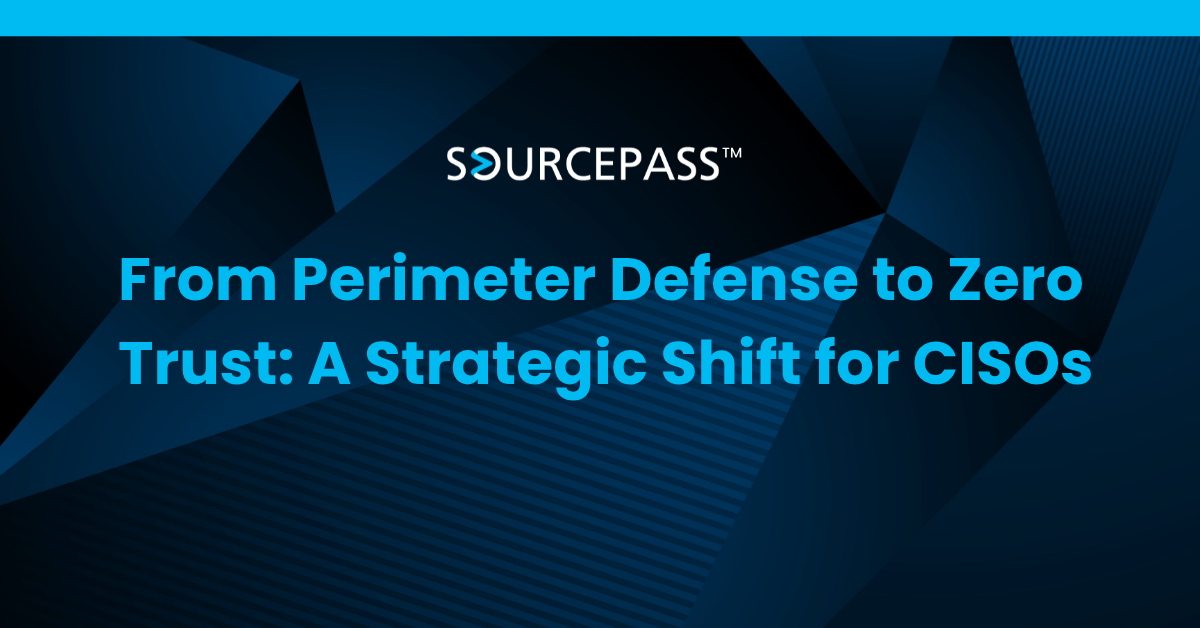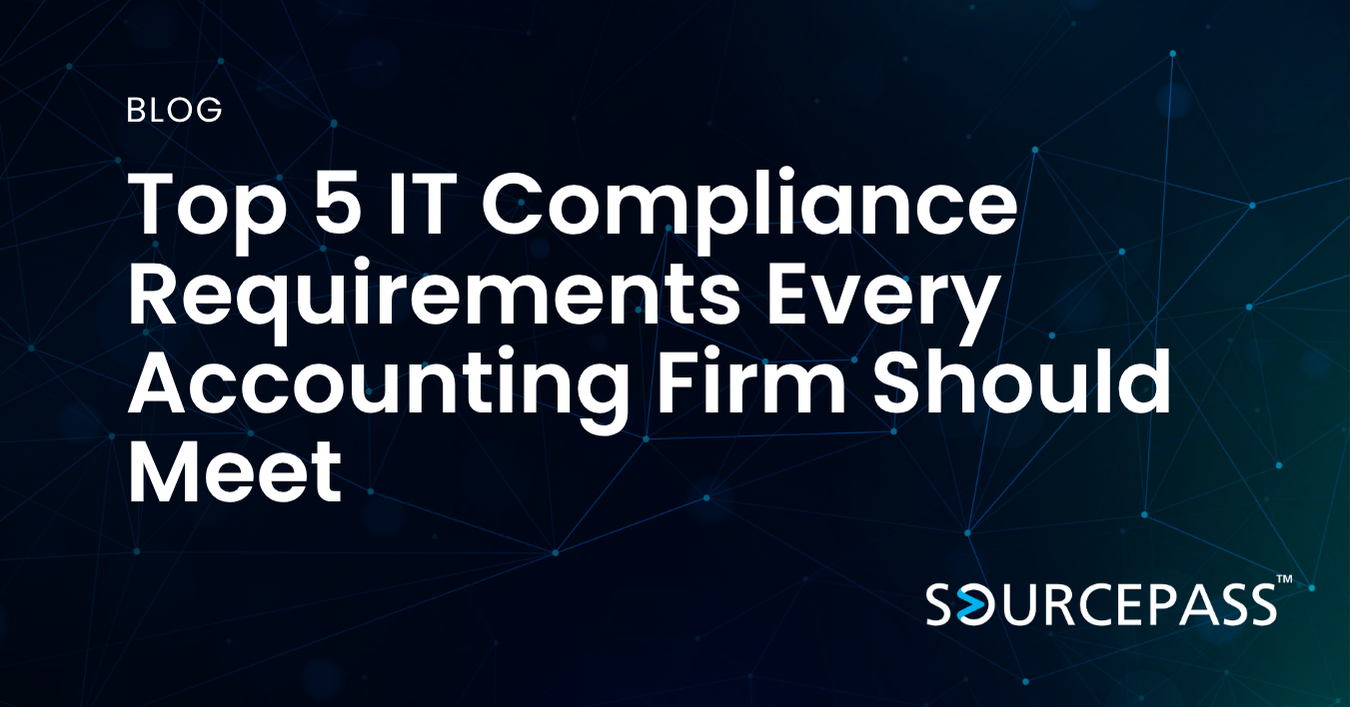From Perimeter Defense to Zero Trust: A Strategic Shift for CISOs
Oct 16, 2025 Alex Davis Cybersecurity 2 min read



Traditional perimeter-based security is no longer sufficient to protect modern, distributed enterprises. Remote work, cloud adoption, and decentralized applications have blurred the network boundary, making it nearly impossible to define a trusted internal zone. For CISOs, the evolution to Zero Trust is not a trend, but a necessity—an architectural shift toward continuous verification, least privilege access, and identity-centric control.
Why Perimeter Defense Falls Short
The Dissolving Network Edge
The legacy model assumed threats originated outside the firewall and internal users could be trusted. With hybrid work, SaaS platforms, and third-party connectivity, this assumption is obsolete. Attackers now exploit lateral movement and compromised accounts more than external breaches.
Insider and Identity Threats
Identity-based attacks, credential theft, and supply chain intrusions bypass traditional perimeter checkpoints. Once inside, attackers can freely navigate flat networks. Perimeter tools lack the visibility and segmentation to contain such threats.
Core Principles of Zero Trust
Verify Explicitly
Zero Trust requires continuous authentication and authorization based on identity, device posture, location, and behavior. Trust is never implied—every request is validated.
Least Privilege Access
Users and systems receive only the minimum access needed to perform tasks. Dynamic access policies and just-in-time permissions reduce the risk of escalation.
Assume Breach
Zero Trust frameworks operate with the expectation that attackers may already be inside. Microsegmentation, granular controls, and real-time monitoring limit exposure and lateral movement.
Building a Zero Trust Roadmap
Step 1: Establish Strong Identity Foundations
Implement single sign-on, multi-factor authentication, and conditional access policies. Identity becomes the new perimeter, supported by continuous verification.
Step 2: Segment and Secure Critical Assets
Define protect surfaces around sensitive data, applications, and workloads. Use microsegmentation to isolate high-value systems and enforce contextual policies.
Step 3: Implement Continuous Monitoring and Analytics
Real-time telemetry, user behavior analytics, and automated response are essential to detect anomalies early. AI-driven tools enhance visibility across cloud and on-premise environments.
Step 4: Modernize Access for Remote and Hybrid Work
Adopt secure access solutions such as Zero Trust Network Access (ZTNA) to replace VPNs. Prioritize device health, encryption, and application-level access.
Integrating Zero Trust with Existing Security Programs
Zero Trust is not a single product but a strategic framework that enhances existing investments. Integrate with SIEM, IAM, EDR, and SOAR platforms to enrich context and support automated containment. Align Zero Trust pillars with compliance requirements and governance models to support audits and regulatory readiness.
Collaborate across IT, security, and business leadership to ensure policy enforcement aligns with operational needs, not just technical capabilities.
Measuring Zero Trust Maturity
CISOs should track maturity through metrics such as reduced lateral movement, time to detect, and identity-based policy coverage. Progress should be iterative—starting with high-value assets and expanding across endpoints, cloud workloads, and user groups.
Frequently Asked Questions (FAQ)
Is Zero Trust a technology or a framework?
Zero Trust is a security framework, not a single tool. It involves identity, access control, segmentation, and continuous monitoring.
Can Zero Trust be implemented with existing infrastructure?
Yes. Most organizations adopt Zero Trust incrementally by building on existing IAM, EDR, and network tools.
How is Zero Trust different from traditional perimeter defense?
Perimeter defense assumes internal trust; Zero Trust assumes breach and requires continuous verification for every access request.
Does Zero Trust impact user experience?
With proper implementation, Zero Trust improves security while maintaining seamless authentication through adaptive policies.
What is the first step toward Zero Trust?
Start with identity and access management. Implement MFA, SSO, and conditional access before moving to network segmentation and continuous monitoring.
Subscribe To
Sourcepass Insights
Sourcepass Insights
Stay in the loop and never miss out on the latest updates by subscribing to our newsletter today!
.png?width=500&height=100&name=White%20Logo%20-%20Transparent%20Tag%20(3).png)



